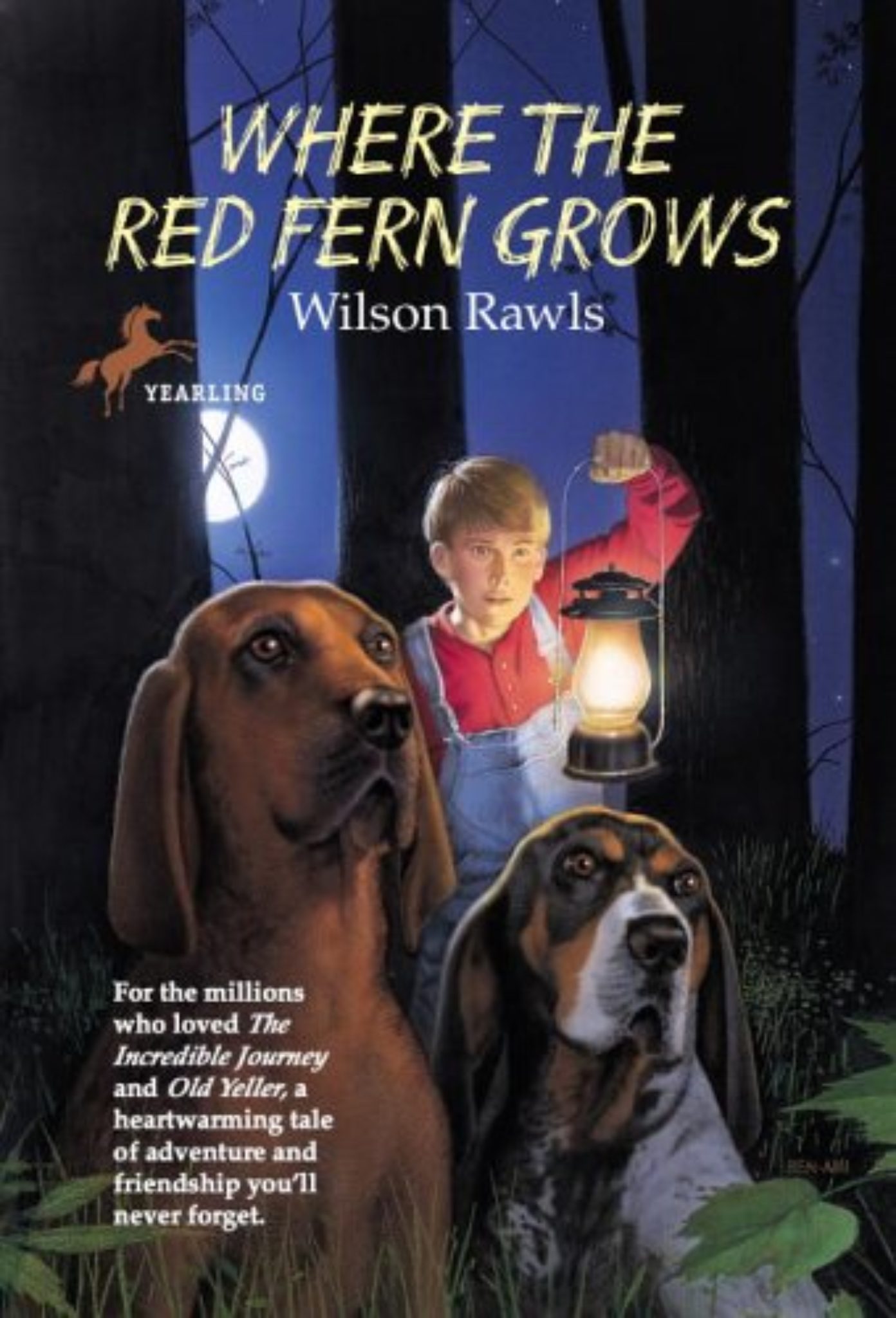Have you ever considered the profound bond between a boy and his dogs? Or the heart-wrenching realities of life in the rugged Ozark Mountains? “Where the Red Fern Grows,” a cherished classic by Wilson Rawls, invites readers on an evocative journey through heartache, perseverance, and the unbreakable connection between humans and their loyal companions. This review delves deeply into the nuances of the narrative, exploring its themes and character dynamics, while also posing tantalizing questions about love, loss, and the indomitable spirit of youth.
The storyline centers on a young boy named Billy Coleman, who yearns for a pair of coonhounds to assist him in his quest for raccoon hunting. His tenacity and unwavering determination drive him through countless obstacles, illuminating the idea that true passion often requires sacrifice. What if you were in Billy’s shoes? Would you traverse daunting challenges—both physical and emotional—just to pursue your dreams? Rawls compels readers to ponder such dilemmas while they embark on this poignant voyage.
The overarching theme of the story juxtaposes the innocence of childhood with the harsh realities of nature, portrayed vividly through the breathtaking landscapes of the Ozarks. The expanse of the rugged wilderness serves as both playground and adversary, emphasizing the significance of perseverance. Billy’s relentless pursuit takes him from a place of naivety to one where he is confronted with the stark truths of life and loss. The writer’s vivid descriptions breathe life into the terrain, making images of dew-covered grass and howling winds resonate with readers.
Rawls deftly crafts the characters, infusing them with depth and complexity. Billy, with his earnest determination and love for his dogs, emerges as a quintessential example of a young protagonist filled with dreams, fears, and resilience. His soulmates, the hounds—Old Dan and Little Ann—embody loyalty and courage, and their adventures together provide a rich tapestry of emotional highs and lows. As readers, we find ourselves not only cheering for Billy’s victories but also mourning alongside him during moments of loss.
The emotional landscape of the novel is rife with challenges that test Billy’s resolve. A moment of fierce introspection arises when he encounters nature at its most unforgiving. The duality of triumph and tragedy is woven through the fabric of the narrative, beckoning readers to reflect on the fragility of life. Is there merit in suffering, or does it purely bring despair? Rawls challenges us to navigate these existential questions as we witness the evolution of Billy’s character and his unyielding dedication to his beloved dogs.
Moreover, the bond between Billy and his hounds serves as a microcosm of familial love. The unwavering support that Old Dan and Little Ann provide transcends mere companionship. They symbolize the unspoken understanding and comfort that only those closest to us can offer. As their friendship blossoms, so too does Billy’s maturity, capturing the essence of growing up amidst heart-wrenching experiences. When calamity strikes, the love shared between them generates blessings that resonate: true resilience is born from shared battles and mutual trust.
Yet, the novel does not merely revel in joy or companionship; it faces the inevitability of loss head-on. The portrayal of grief is haunting yet profoundly resonant. Loss becomes an undeniable character throughout Billy’s journey, prompting reflections on the very nature of attachment. In confronting the specter of death, the narrative asks readers: how does one navigate the gaping void left by the absence of a beloved companion? Such questions are compelling and linger long after the last page is turned, challenging us to seek solace in the memories of those we have lost.
The symbolism of the red fern, an emblem of sacredness and eternal remembrance, further cements the central message of the novel. It signifies that profound love can persist beyond the gravestones of our lost ones. As Billy discovers the fern nestled in the ground, a deeper understanding unfurls: love, however fleeting, leaves an indelible mark on our souls. Could it be that true healing comes not from forgetting but from cherishing the memories we hold dear?
In examining the narrative’s structure, Rawls employs a blend of picturesque imagery and heartfelt storytelling, which allows readers to connect deeply with each moment. The prose flows seamlessly, rendering the unfolding events not only compelling but also beautifully aesthetic. The cadence dances between moments of action, reflection, and intense emotion, creating a resonance that is as delicate as it is powerful. This masterful storytelling not only engages readers but also encourages them to ponder their own life’s journey.
Ultimately, “Where the Red Fern Grows” serves as a profound meditation on the intricate tapestry of life—celebrating the joys, enduring the sorrows, and acknowledging the deep connections we forge along the way. It invites readers to embrace their own challenges and reflect on the bonds that shape their lives. Are we courageous enough to confront the adversities life throws at us? Would we dare to pursue our dreams, no matter the cost? In exploring these questions, the tale resonates far beyond its pages, resonating with the human experience and urging us to foster connections with both nature and each other.
As the final chapter draws to a close, readers emerge not just touched by the story, but forever changed by its lessons. The journey through the trials and triumphs of Billy Coleman and his loyal hounds resonates with every generation, reminding us that love, resilience, and the pursuit of our dreams remain eternal truths—the essence of what it means to be human.
